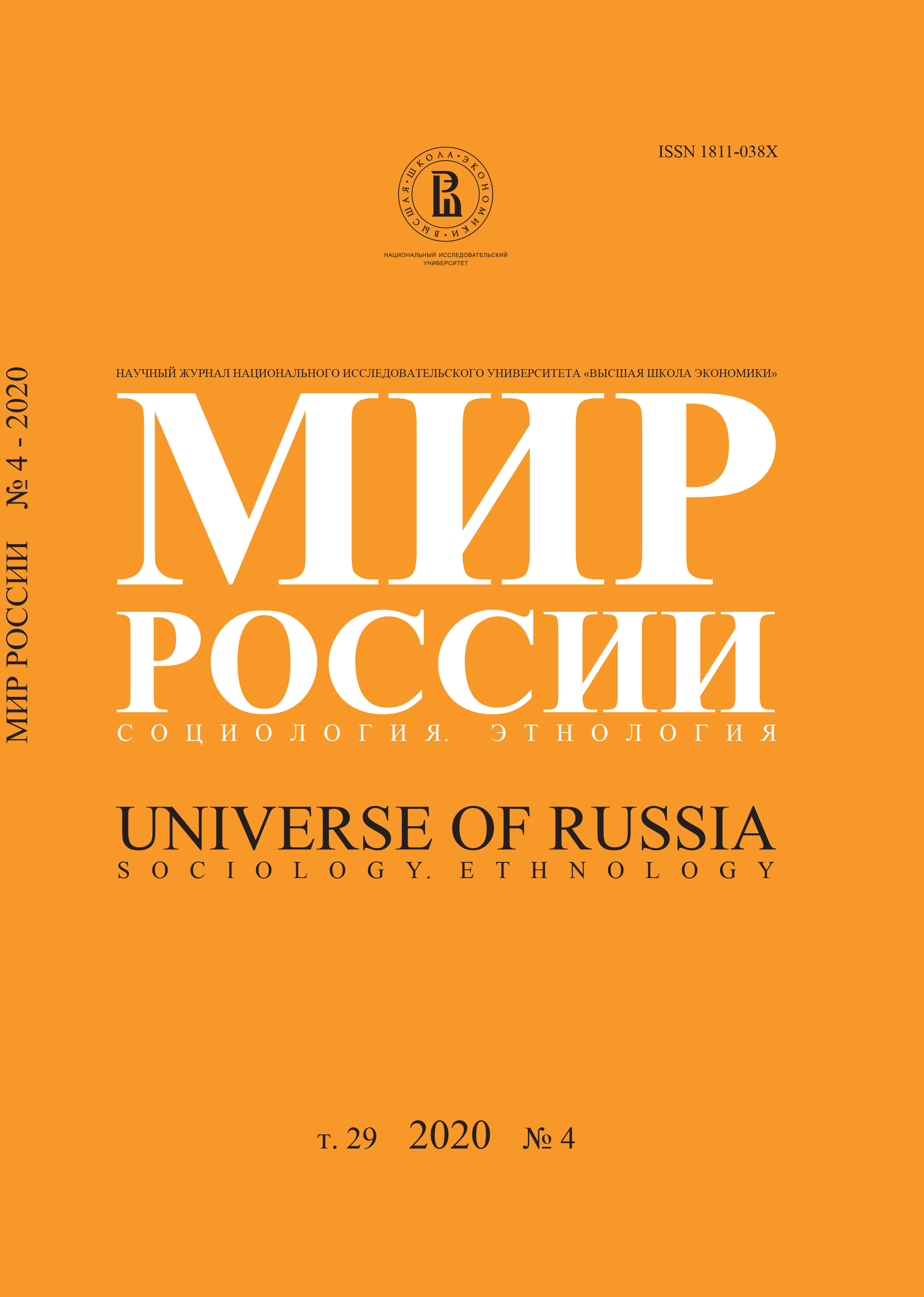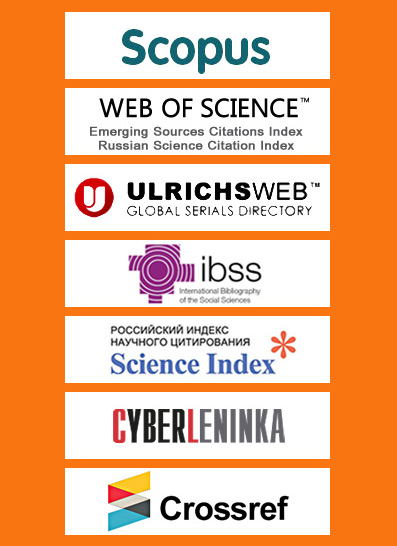Динамика численности и мобильность среднего класса в России в 2000–2017 гг.
Аннотация
Цитирование: Пишняк А.И. (2020) Динамика численности и мобильность среднего класса в России в 2000–2017 гг. // Мир России. Т. 29. № 4. С. 57–84.
DOI: 10.17323/1811-038X-2020-29-4-57-84
В статье представлены результаты лонгитюдного исследования среднего класса в России, демонстрирующие динамику его масштабов в 2000–2017 гг. Данные Российского мониторинга экономического положения и здоровья населения (РМЭЗ НИУ ВШЭ) – эмпирической базы исследования – позволяют применить трехкритериальную методологическую схему идентификации среднего класса по благосостоянию, социально-профессиональному статусу и самоидентификации. Согласно выбранной методологии, домохозяйства, отвечающие трем признакам среднего класса, отнесены к его ядру; характеризующиеся двумя критериями – к полуядру; а соответствующие только одному из трех – к периферии среднего класса. Обобщенный средний класс идентифицируется по сумме домохозяйств ядра и полуядра, а добавление к ним периферии очерчивает границы совокупного среднего класса. В работе уделяется внимание не только изменению размера среднего класса, но и движению его состава. Анализируя, как соотносятся доли вновь входящих в средний класс и выбывающих из него год от года, можно определить периоды, ставшие наиболее благоприятными для среднего класса, и, напротив, выявить точки проверки на прочность. Исследование демонстрирует, что на протяжении 2000-х гг. имел место стабильный рост доли среднего класса в России, но начиная с 2010 г. обозначился перелом тренда – сжимание ядра, а в 2015 г. было зафиксировано некоторое уменьшение и совокупного среднего класса. Однако изменения, произошедшие в контексте кризиса 2014–2015 гг., нельзя назвать драматическими. Более тревожным кажется следующий факт: сокращение произошло не только за счет падения материальной обеспеченности, но и по причине потерь в социально-профессиональном статусе, при этом фиксировалась высокая мобильность состава среднего класса. Этот факт не может не вызывать беспокойства, поскольку, несмотря на плюрализм в оценках роли среднего класса в истории, сегодня он признан залогом стабильного развития для стран с переходной экономикой, поскольку представители среднего класса формируют запрос на инновации и их мягкое внедрение в жизнь, придерживаясь ориентира на невзрывные трансформации.






